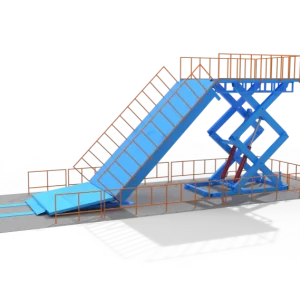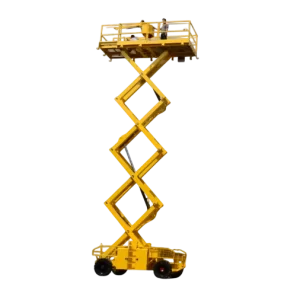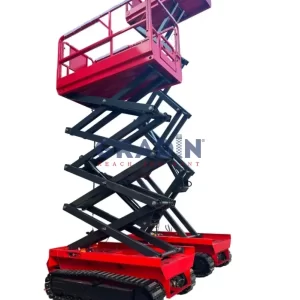How often should scissor lifts be inspected
Home > Nůžkový výtah > How often should scissor lifts be inspected
ČASTO KLADENÉ DOTAZY
Tags
4 příspěvky (1) Articulating Staircase (1) Automated (2) Automatizace (1) Elektrická baterie (2) Výtah Boom Lift (4) Kompaktní design (1) Diesel (1) Dvojitý řetěz (1) Odolnost (2) Snadné použití (1) Efektivní ovládání (1) Ochrana proti výbuchu (1) Rychlá instalace (1) Opraveno (3) Vodicí kolejnice (3) Heavy Duty (3) Vysokopevnostní (4) Hydraulika (20) Hydraulic Iris Opening (1) Průmyslové výtahy (1) inspect (2) Logistics Equipment (1) Logistická řešení (1) Přívětivé k údržbě (1) MEZZANINE (1) Mobilní (1) Modulární design (2) Venkovní výtah (1) Production Line Solutions (1) Pevný řetěz (1) Válečkové řetězy (2) Bezpečnost (5) nůžkový výtah (9) Vlastní pohon (3) Poloautomatické (1) Malé (3) Nerezové (1) Pásová montáž (1) Sledované stránky (1) Vertikální výtah (1) Vertikální doprava (1) VRC (1) Warehouse Solutions (2) Odolnost proti povětrnostním vlivům (1)
How often should scissor lifts be inspected?
Scissor lifts are essential tools in various industries, providing safe access to elevated work areas. However, to ensure their continued safety and functionality, regular inspections are crucial. But how often should these inspections occur?
Daily Inspections
Most manufacturers recommend that scissor lifts undergo a daily inspection before use. This pre-use check typically involves examining the lift’s overall condition, including:
- Hydraulic Systems: Check for leaks and proper fluid levels.
- Bezpečnostní prvky: Ensure that guardrails, emergency stops, and safety alarms are functional.
- Tires and Brakes: Inspect for wear and proper inflation.
- Ovládací prvky: Test all controls to ensure they operate smoothly.
Conducting these daily checks helps identify potential issues before they lead to accidents.
Monthly Inspections
In addition to daily checks, a more thorough inspection should be performed monthly. This inspection might include:
- Structural Integrity: Look for signs of wear, corrosion, or damage.
- Electrical Systems: Inspect wiring and connections for signs of wear or damage.
- Battery Maintenance: Check battery levels and terminals for corrosion.
Monthly inspections help ensure that the lift remains in safe working order and can aid in extending the equipment’s lifespan.
Annual Inspections
Beyond daily and monthly checks, comprehensive annual inspections by a qualified technician are essential. These inspections often include:
- Load Testing: Verifying the lift can handle its rated capacity.
- Detailed Safety Checks: Involving a thorough examination of all systems, components, and safety features.
- Compliance Verification: Ensuring the lift meets all relevant safety regulations and standards.
Annual inspections are vital for maintaining compliance with OSHA and other safety regulations, ensuring both operator safety and legal adherence.
Conclusion
In summary, scissor lifts should undergo daily inspections before each use, monthly inspections for a more in-depth review, and annual inspections conducted by qualified professionals. Regular maintenance and inspections not only ensure the safety of operators but also prolong the life of the equipment. By adhering to these guidelines, businesses can minimize risks and maintain a safe working environment.
Top Rated Products
-
Nakládací rampa s nůžkovým výtahem
ČTĚTE VÍCE2 - 3 tuny
30˚ - 45˚
W : > 6 mL : > 11 m -
G-GTJZ16RT 16metrový dieselový nůžkový výtah
ČTĚTE VÍCE≤ 1 tuna
> 11 m
W : 1 - 2 mL : 3 - 5 m -
G-GTJZ13RT 13metrový dieselový nůžkový výtah
ČTĚTE VÍCE≤ 1 tuna
> 11 m
W : 1 - 2 mL : 3 - 5 m -
G-GTJZ10RT 10metrový nůžkový výtah s dieselovým motorem
ČTĚTE VÍCE≤ 1 tuna
9 - 11 m
W : 1 - 2 mL : 3 - 5 m -
Nůžkový zvedák CFPT1214LD 10 m na pásovém podvozku
ČTĚTE VÍCE≤ 1 tuna
9 - 11 m
W : 1 - 2 mL : 1 - 3 m
Contact with our experts, or request a quote now.




